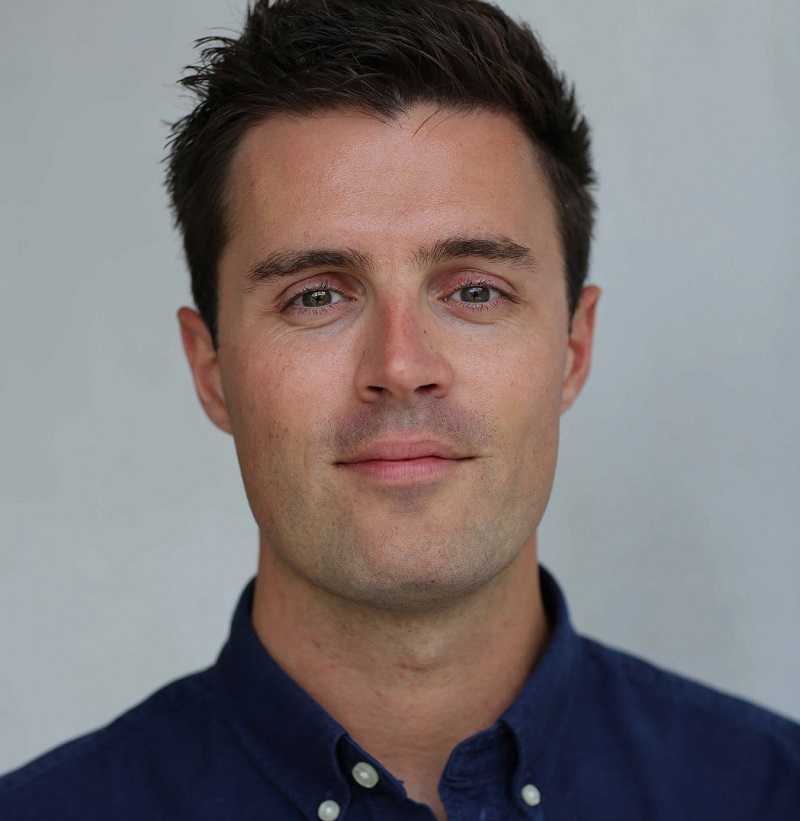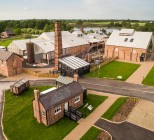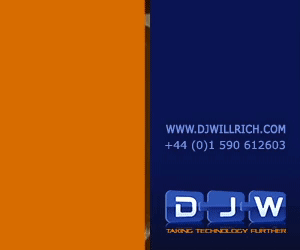A creative digital studio and consultancy working on projects in various sectors, Squint/Opera has a wealth of experience in delivering cutting-edge museums projects. The team, split across London and New York offices, works with clients to develop tailored immersive experiences, creative content and digital products.
The organisation has worked on a range of projects with museums and visitor attractions, including a digital overhaul of the Empire State Building, several exhibitions at the V&A and, most recently, a reactive media exhibit for the Museum of Literature Ireland.
Ben Townsend, who heads up Squint/Opera’s cultural team, speaks to Advisor editor David Styles about his passion for innovation and why the studio wanted to be part of the first ever online Museums + Heritage Awards.
What about the Innovation of the Year Award made Squint/Opera decide to sponsor the category?
We were very keen to sponsor the Innovation of the Year category. When you look at what we specialise in – media design and production – it has been a hotbed for innovation and growth; if you compare the experiences on offer ten years ago to those today, the digital experience has seen the most innovation.
Part of the reason why we wanted to sponsor this category was that all the organisations shortlisted have taken a certain degree of risk in applying new approaches and doing something new. That’s evident from the designers and the clients alike, it’s something we as a company want to publicly support and recognise.
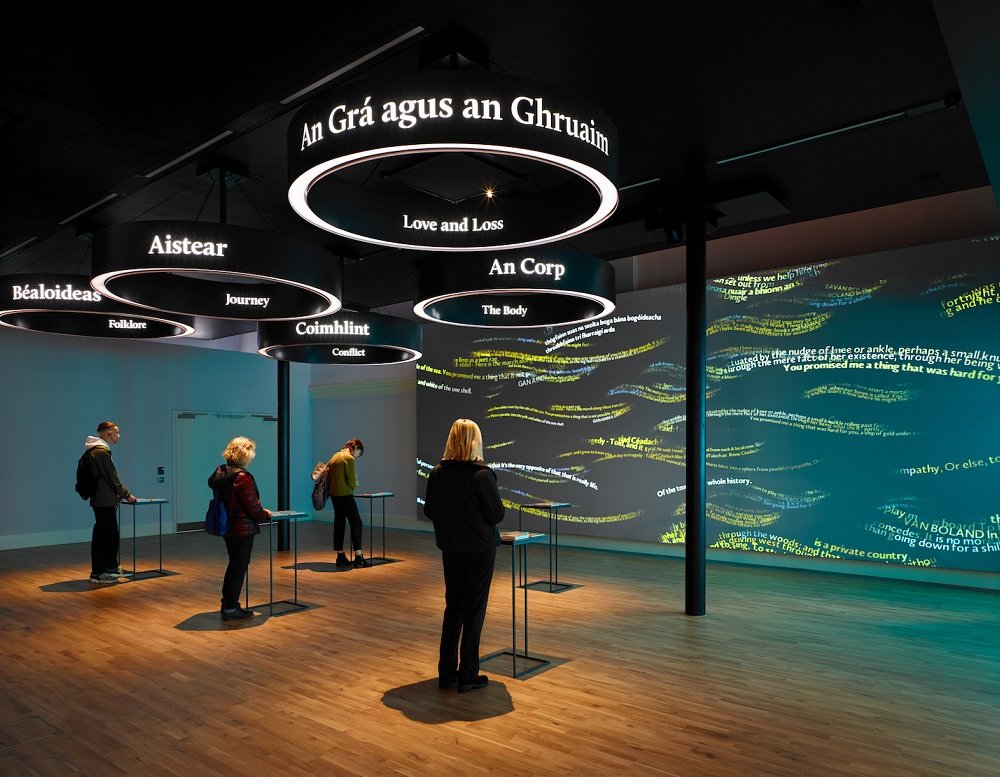
Innovation is about combining the left and the right brain, the creativity and the technology. It’s always offering more production value by marrying together ideas with creative solutions. This category strips everything back and explores where this inspiration is borne out of.
Courageous, ambitious clients that are willing to accept risk are the ones driving forward innovations within the sector. These are the clients we as Squint/Opera enjoy working with the most.
Are there any themes you have noticed in this year’s shortlist that particularly intrigue you?
What I really loved about this year’s shortlist was that they’re all using digital media but in entirely different ways.
Another thing that really caught my attention was that the innovations are not necessarily about using leading edge technologies. Frequently we as a company are rejecting ideas that are using technology for technology’s sake; it’s about the creative application of the right technology and all of this year’s shortlist have applied technology in wonderful ways.
They’ve all got the creative balance just right so they can achieve the outcome they want. That’s absolutely vital, not to lose focus on the visitor experience.
What specialist services does Squint/Opera offer to museums or visitor attractions that can help set them apart from other sites?
For us as a creative digital studio, innovation happens across everything we do. Our offer can be broken down into three main parts, with the first being strategy. In this area of the business we look to answer some of the big questions around digital experience; we give clients a clear picture of their digital experience and present specific opportunities within that. It identifies relevant digital innovations that they can really leverage.
The second part is best summarised as media design, which is the ideation of media experiences along the visitor journey. For us, that involves things like prototyping, previsualisation and really understanding what’s possible and how best to support the narrative.
The third strand is media production. Our team comprises around 80 artists, all of whom are situated in the most creative areas of London and New York, so we have fantastic talent within the studio which translates as quality for our clients.
Looking forward, we’re seeing a lot of movement in strategy for end to end digital experience as well as in virtual spaces. Particularly in VR, we’re looking at shared virtual spaces and what that can offer our clients. The other major shift is the move from pre-rendered to real-time rendering, which is a huge change. That will continue to make the production process far more creative.
Having collaborated with several renowned cultural institutions, what do you enjoy most about projects within the museums sector?
All museums, and this applies to this year’s Innovation of the Year shortlist as well, are keenly focused on the visitor experience. Some of the best museums we’ve worked with have had this incredible collective focus on this.
With the Empire State Building, for example, we worked alongside Thinc Design and Antfood to transform the building’s queueing experience into a carefully choreographed journey.
We designed digital elements, content, viewfinders and interactives that told the story of the building’s expansive history and current relevance in pop culture. Where visitors may have previously rushed straight to the building’s outstanding views, they now have an immersive experience which excites, educates and engages visitors from the lobby to the observation deck.
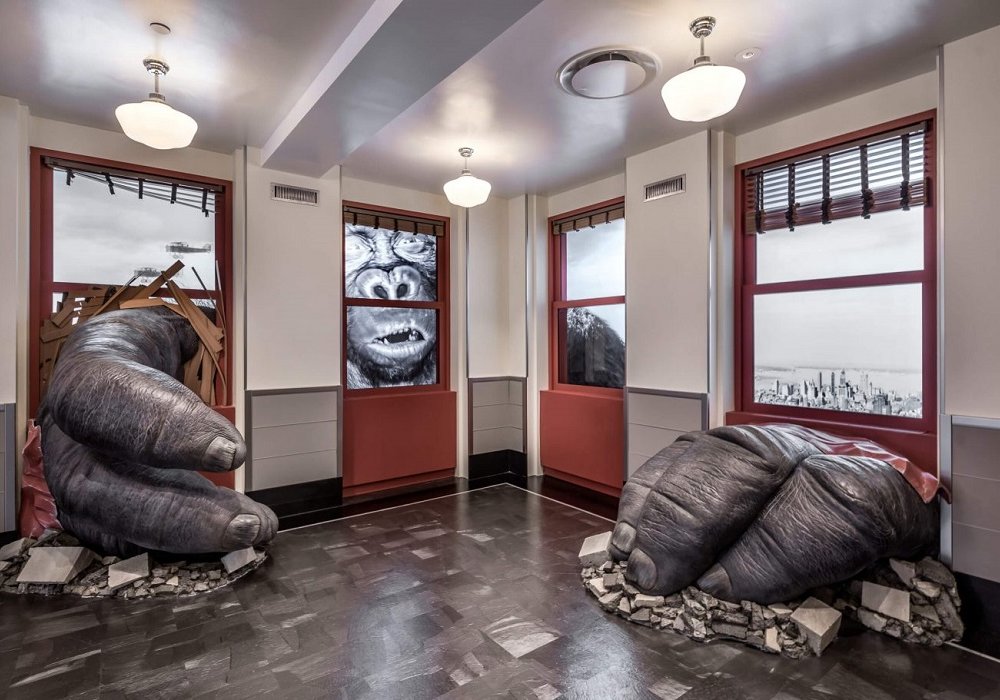
What’s wonderful about working in the sector is that visitors’ digital expectation is always so high and we know we have to exceed that. It makes these projects a really exciting challenge.
The Museum of Literature Ireland is another exciting example of this. Here, we created an immersive audio-visual media piece that explores the breadth and depth of Irish writing.
Using recording readings, directional sound showers and projections we created a flowing river of language that is responsive to the visitors’ actions. With both the flowing text and the directional sound showers beginning when one of the five plinths is approached. Each of the plinths explores a different theme, shaping the way the river of text responds.
We sourced the colour for the text and the sounds directly from Ireland and the media piece’s movement, colour and sounds reflect the seasons – with cooler colours in the Winter and brighter greens in Spring. The result is an ever-evolving exhibit.
Museums have a tendency to be very brave in terms of experimenting with new ideas. Taking risk is more important now than ever before. The organisations that recognise the change in situation and adapt to it are the ones that will thrive. Those that don’t innovate will really struggle.


